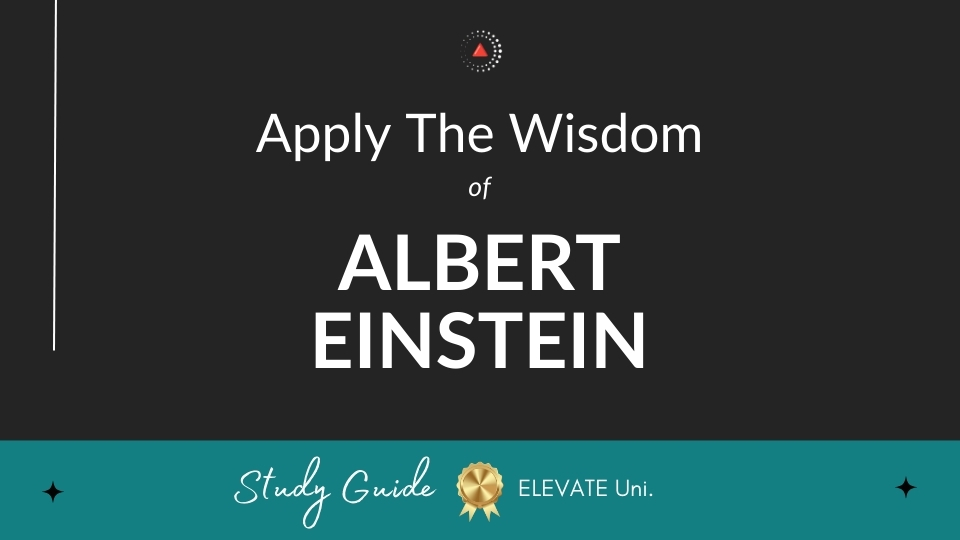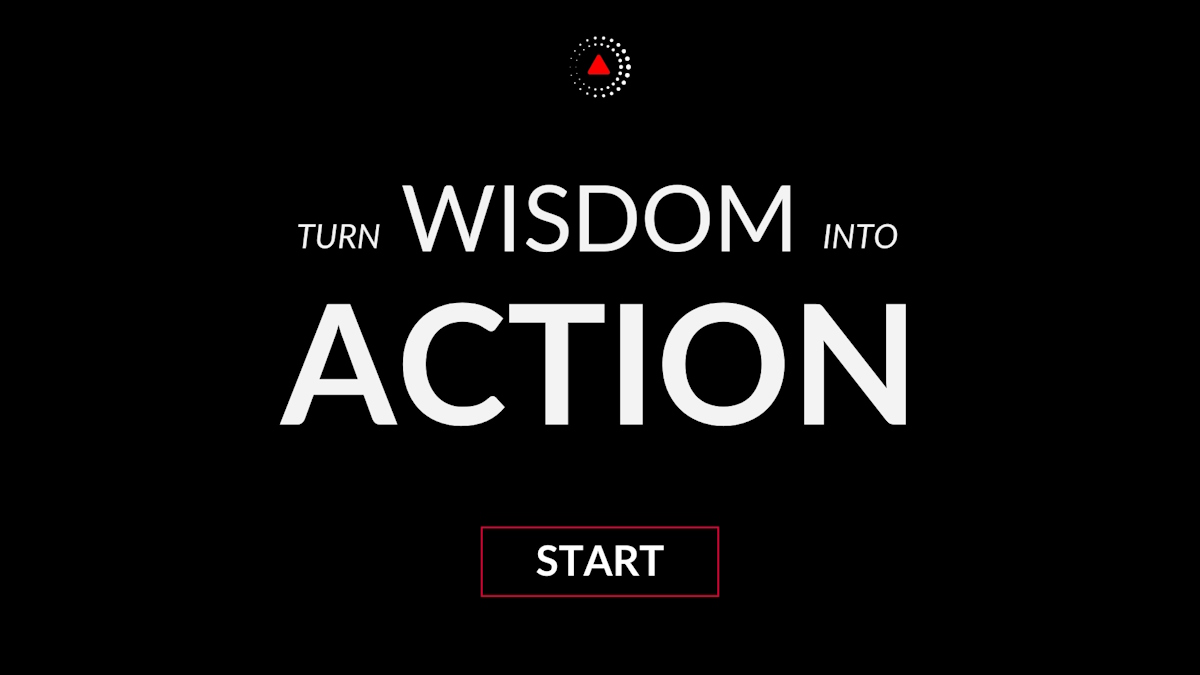Time is what the clock says.
What's the meaning of this quote?
Quote Meaning: At first glance, "Time is what the clock says" may appear deceptively simple, almost like a truism. Yet, beneath its surface lies a profound commentary on the nature of time itself and our perception of it.
In its literal interpretation, the quote underscores the mechanical nature of timekeeping. Time, as we commonly conceive it, is intricately tied to the ticking of clocks, the movement of hands, and the digital readouts that dictate our daily schedules. In this sense, time becomes a quantifiable entity, divided into discrete units by the technology we have created to measure it. The quote serves as a reminder that our perception of time is often shaped by the instruments we use to track its passage.
However, delving deeper, the quote invites us to contemplate the subjective nature of time. While the clock may dictate a uniform progression of seconds, minutes, and hours, our experience of time is far more nuanced and variable. Time can stretch languidly during moments of joy or anticipation, while seeming to evaporate in periods of stress or boredom. It bends and warps according to our emotional state, cultural context, and individual perceptions. Thus, the quote hints at the disconnect between the objective measurement of time and our subjective experience of it.
Moreover, "Time is what the clock says" raises questions about our dependence on external markers to define our existence. In a society governed by schedules and deadlines, we often equate productivity and success with the efficient use of time. Yet, by reducing time to a mere numerical value dictated by mechanical devices, we risk overlooking its deeper significance. Time encompasses not only the ticking of seconds but also the richness of human experience, the moments of connection, creation, and reflection that give meaning to our lives.
Additionally, the quote prompts reflection on the limitations of our perception. While the clock may provide a convenient means of organizing our lives, it also imposes constraints on our understanding of time's vastness. Time extends far beyond the confines of human measurement, encompassing the eons of cosmic history and the mysteries of the future. Our clocks may tick away the seconds, but they can never fully capture the immensity and complexity of time itself.
Ultimately, "Time is what the clock says" serves as a poignant reminder of the multifaceted nature of time and the ways in which our perception of it is shaped by external forces. It challenges us to reconsider our relationship with time, inviting us to embrace its fluidity, depth, and mystery beyond the confines of mechanical measurement.
Who said the quote?
The quote "Time is what the clock says." is often attributed to Albert Einstein (Bio / Quotes). Albert Einstein was a German physicist and Nobel Prize winner who is widely regarded as one of the most influential scientists in history.
Applying the quote to your life
Unlock Einstein's wisdom and apply it to your life by getting the in-depth Albert Einstein Workbook & Study Guide, complete with top quotes, insightful commentary, reflective questions, and practical uses for everyday life. 👇
To apply more wisdom, get the All-Access Pass, which includes hundreds of study guides from the world's top minds. These include deep insights from individuals such as Nelson Mandela, Steve Jobs, and Albert Einstein, as well as some of the top authors and personal development books.
What are Albert Einstein's Best Quotes?
Watch on Elevate's YouTube channel and be sure to subscribe for more wisdom and insights from the world's top minds.
Subscribe on YouTube to get the latest quote videos delivered straight to you:
Is there a historical example that illustrates the message of the quote?
A historical example that vividly illustrates the quote "Time is what the clock says" is the story of the Industrial Revolution. During this period, the shift from agrarian economies to industrialized societies in the 18th and 19th centuries fundamentally transformed how people perceived and managed time.
Before the Industrial Revolution, time was often understood in more flexible, natural terms—people relied on the rising and setting of the sun, seasonal changes, and other natural indicators. Workdays were dictated by daylight, and people's schedules were more fluid, influenced by the rhythms of nature and local customs.
However, as factories and mass production became central to the economy, there was a pressing need for greater precision and efficiency. The introduction of standardized timekeeping was crucial to managing large-scale operations. Factory owners and managers required workers to adhere to strict schedules and synchronized activities to maximize productivity and meet production targets. This led to the implementation of clock time as a rigid structure that dictated the workday.
One of the most striking examples of this shift is seen in the factory system in England. The introduction of factory whistles and time clocks ensured that workers adhered to a specific schedule, regardless of natural daylight or personal circumstances. Time became an instrument of discipline and efficiency, and the precise measurement of hours and minutes became essential to the functioning of the industrial economy.
This historical shift underscores the idea that time, as experienced during the Industrial Revolution, was not about natural or subjective experience but about the uniform, mechanical measure provided by clocks. The factory clock became the ultimate arbiter of time, symbolizing the transition from a more organic understanding of time to a standardized and regulated one.
How can the quote be applied in a real-life scenario?
In contemporary life, the quote "Time is what the clock says" can be applied in various ways to illustrate the rigid, often impersonal nature of how we measure and manage time.
Consider a modern office environment where employees are expected to adhere to strict working hours. Here, time is not simply a vague notion of day and night but is meticulously measured by the clock. Employees are expected to arrive by a specific time, take scheduled breaks, and leave at the end of a defined workday. This adherence to the clock ensures that productivity is maximized and that the flow of work is maintained in a structured manner.
For instance, imagine a company that implements a new time-tracking system. The system logs employees’ hours with precise timestamps, which are used to monitor attendance, manage payroll, and even assess performance. In this scenario, the clock dictates not just the work hours but also plays a crucial role in performance evaluations and operational efficiency. The rigidity of clock time can sometimes feel impersonal, focusing solely on the measurable aspect of time rather than individual circumstances or contributions.
In personal life, the quote can also be seen in the way we schedule our days. Many people use digital calendars to manage their time, planning every hour with precision. Social events, appointments, and personal tasks are often dictated by the clock, and deviations from the schedule can lead to stress or feelings of inefficiency. This strict adherence to clock time often reflects a broader societal tendency to prioritize punctuality and productivity over more flexible, intuitive approaches to time management.
The application of this quote emphasizes how our perception of time is often governed by the mechanical and uniform measures provided by clocks and schedules. It highlights the tension between natural rhythms and the structured demands of modern life, illustrating how time, as dictated by the clock, becomes a tool for organizing and regulating our activities in a highly controlled manner.
Chief Editor
 Tal Gur is an author, founder, and impact-driven entrepreneur at heart. After trading his daily grind for a life of his own daring design, he spent a decade pursuing 100 major life goals around the globe. His journey and most recent book, The Art of Fully Living, has led him to found Elevate Society.
Tal Gur is an author, founder, and impact-driven entrepreneur at heart. After trading his daily grind for a life of his own daring design, he spent a decade pursuing 100 major life goals around the globe. His journey and most recent book, The Art of Fully Living, has led him to found Elevate Society.






















